Preparing your car for a long road trip is an essential task that can significantly impact the overall success and enjoyment of your journey. This guide will offer valuable information on how to prep your car for a long road trip, ensuring optimal performance and safety.
In the following sections, we will discuss basic maintenance tasks such as oil changes, coolant levels, and brake fluid top-offs. Additionally, we’ll cover tire air pressure checks and adjustments along with the importance of proper tire air pressure during long drives.
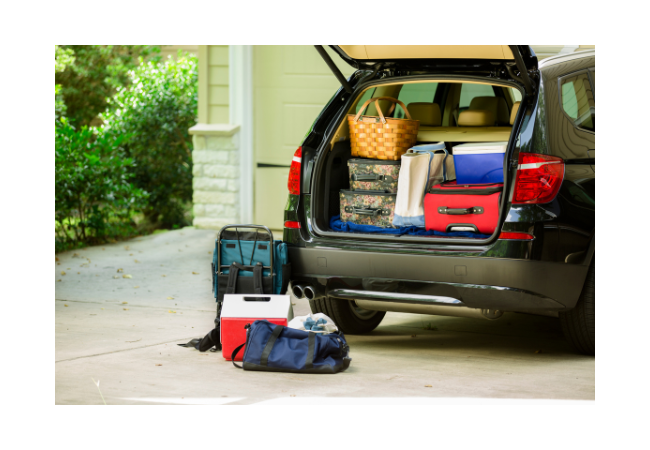
Last but not least, our vehicle maintenance guide includes tips on wiper blade replacements, windshield cleaner top-ups, belts & hoses inspections as well as air filter checks – all crucial aspects in maintaining vehicle performance during extended trips.
Finally yet importantly: scheduling service appointments before departure – this ensures that potential problems are addressed beforehand so you don’t have to worry about them en route.
Jump To
- 1 Basic Maintenance Tasks
- 2 Battery Security & Charge Capacity Test
- 3 Wiper Blades Replacement & Windshield Cleaner Top-Up
- 4 Belts, Hoses & Air Filters Inspection
- 5 Lights Bulbs Check & Replacement
- 6 Road Trip Packing List Essentials
- 7 FAQs in Relation to How to Prep Your Car for a Road Trip
- 8 Conclusion – How to Prep Your Car for a Long Road Trip
Basic Maintenance Tasks
Before embarking on a long road trip, it is crucial to perform basic maintenance tasks such as an engine oil change, checking coolant tank levels, tire rotation, and topping off brake reservoir fluid. These simple procedures will help keep your engine running smoothly throughout the journey and prevent potential issues.
Regular oil changes are essential in maintaining optimal engine performance during long journeys. Check your vehicle owner’s manual for recommended intervals and use high-quality engine oil that meets manufacturer specifications to get your car ready.
Adequate coolant levels are vital in preventing engine overheating during long journeys. Inspect the radiator overflow reservoir and top off with a 50/50 mix of water and antifreeze if necessary.
Maintaining proper brake reservoir fluid levels is critical for safe stopping during your trip. Consult your owner’s manual to locate the brake fluid reservoir, then fill it up using an approved type of brake reservoir fluid.
Checking tire pressure is essential before hitting the road. Inspect pressures when tires are cool and idle at least every 1000 miles during your trip. Inflate according to manufacturer recommendations for improved safety and fuel efficiency.
Maintaining proper tire pressure not only ensures a smooth ride but also helps prevent accidents caused by blowouts or uneven wear on tires. Additionally, it can improve gas mileage, saving you money on fuel costs throughout your journey. Be sure to check your tire tread depth before leaving on your trip.
How Often to Check Tire Pressure During a Road Trip
-
Before Departure: Check all four tires while they’re cold (not driven for at least three hours).
-
Daily: If possible, inspect tire inflation pressure each morning before starting the day’s drive.
-
Mileage Intervals: Recheck every 1000 miles or sooner if driving at high speeds or carrying heavy loads to improve fuel economy.
Brake Inspection & Replacement
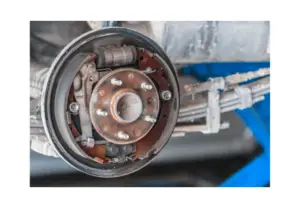
Brakes play a vital role in ensuring safety while driving; therefore, inspecting them prior to departure is necessary. Listen for any unusual sounds or feel how well they’re working when you press the brake pedal; replace worn-out brake pads if needed before starting your lengthy drive.
Some common signs that indicate it’s time to replace your brake pads include squeaking or grinding noises, longer stopping distances, and vibration when applying the brakes. Additionally, most modern vehicles have a brake wear indicator light on the dashboard that will illuminate when it’s time for replacement to avoid car trouble.
Replacing Brake Pads When Necessary
-
Determine the Type of Brakes: Check whether your vehicle has disc or drum brakes by consulting your owner’s manual or seeking professional advice from a mechanic.
-
Purchase New Brake Pads: Choose high-quality replacement parts compatible with your specific make and model.
-
Familiarize Yourself with the Process: Review online tutorials such as this comprehensive guide on how to change pads, especially if you are a DIYer attempting this task for the first time.
-
Safety First: Always use proper tools and follow safety precautions during installation.
When planning a long trip, it’s important to ensure that your vehicle is in top condition to handle the journey. Don’t plan a long journey without first prepping your car for the higher speeds and long distances. Here are some tips to help you get started:
Top Off Your Fluids
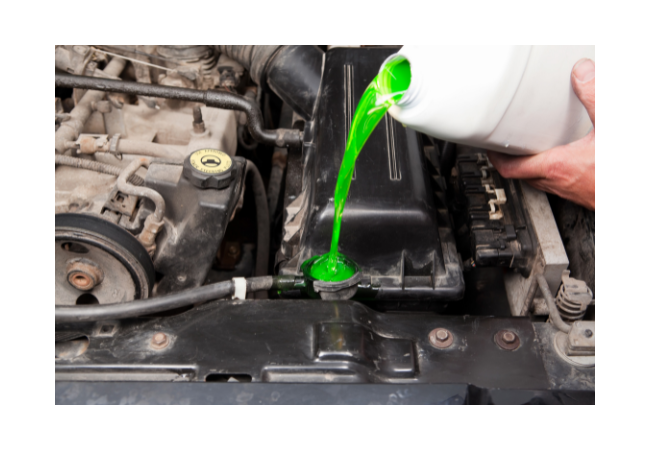
Check your vehicle’s fluid levels, including coolant, brake fluid, power steering fluid, transmission fluid, and windshield washer reservoir. Top off any that are low and consider having a professional mechanic perform a full fluid flush if it’s been a while since your last one.
Battery Security & Charge Capacity Test
Ensuring the security and adequate charge capacity of your car battery prior to a long journey is essential for avoiding power loss while driving. A reliable battery prevents unexpected power loss during travel, especially when driving at highway speeds or in remote areas.
Testing battery charge capacity using professional services
-
Contact a reputable service provider for accurate testing results.
-
Schedule an appointment before departure to avoid last-minute issues.
-
A fully charged and functional battery ensures peace of mind throughout your journey.
Securing battery connections
-
Clean any corrosion from terminals with a wire brush or baking soda solution.
-
Tighten loose cable clamps for optimal electrical conductivity between the terminal posts and cables.
-
If necessary, replace worn-out cables to prevent potential connection failures while on the road.
It is essential to test battery charge capacity prior to a long trip and secure all connections for optimal performance. Additionally, replacing worn wiper blades and topping up windshield washer fluid are necessary steps in ensuring safe driving conditions during your journey.
Wiper Blades Replacement & Windshield Cleaner Top-Up
Good wiper blades provide clear vision while driving under various weather conditions such as rain or snowstorms; hence replacing them becomes essential along with replenishing windshield fluid accordingly. Let’s discuss the importance of quality wiper blades and keeping an adequate supply of washer fluid on long summer road trips.
Keeping an Adequate Supply of Washer Fluid
-
Frequent use: During a long vehicle trip, you may need to clean your windshield more often due to dirt, bugs, and other debris encountered at higher speeds.
-
Safety: A clean windshield helps maintain good visibility which is crucial for safe driving.
-
Ease-of-use: Having enough washer fluid makes it easy for you to quickly clean your windshield without having to stop and search for a gas station.
Belts, Hoses & Air Filters Inspection
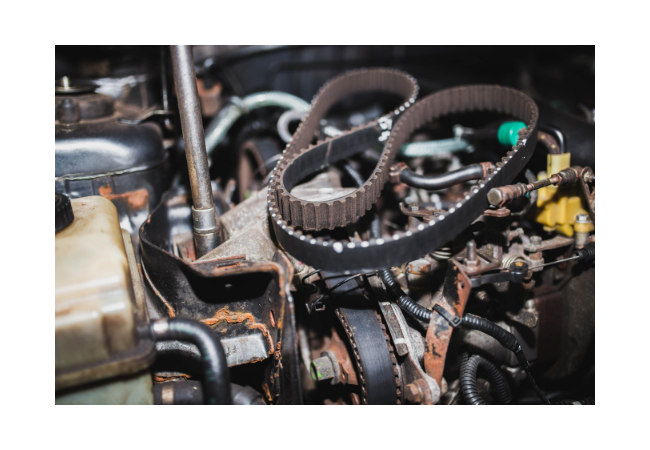
Inspecting and replacing belts, hoses, and air filters is crucial for preventing breakdowns during a long road trip. Modern multi-rib or drive belt materials may not show visible signs of wear but should still be replaced every 60,000 miles as a preventative measure.
Prior to your long journey, take the time to examine all accessible belts and hoses in your vehicle’s engine compartment. Look for any cracks or fraying that could lead to failure, especially at higher speeds. Additionally, check hose connections for leaks or loose clamps.
A clean cabin air filter ensures optimal AC efficiency and performance throughout your long journey. Inspect the condition of your vehicle’s engine air filter, replacing it if necessary. A dirty or clogged filter can restrict airflow into the engine, resulting in reduced power output while driving.
Lights Bulbs Check & Replacement
Ensuring all exterior light bulbs are functional before leaving for a long trip is crucial to avoid unexpected burnouts. This includes headlights, taillights, and brake lights. To inspect the exterior lights around your vehicle, follow these simple steps:
-
Turn on your car’s ignition and activate all the lighting functions (headlights, high beams, turn signals).
-
Walk around the vehicle to check if each light is working properly.
-
If you notice a dim or non-functioning bulb, replace it with a new one following your car’s owner’s manual instructions.
Road Trip Packing List Essentials
These items will come in handy during emergencies and ensure you are prepared for any situation while traveling.
-
Tire pressure gauge: To check tire pressure throughout the trip.
-
Spare tire: In case of a flat or damaged tire.
-
Tools for changing tires: Including a lug wrench and jack.
Tools and Equipment Necessary for Roadside Repairs
-
Jumper cables: For jump-starting your vehicle if the battery dies unexpectedly during your long journey.
-
Basic tool kit: Including screwdrivers, pliers, adjustable wrenches, etc., to handle minor repairs on-the-go.
-
Road flares or reflective triangles: To alert other drivers when stopped due to an emergency or breakdown along the vacation trip route.
FAQs in Relation to How to Prep Your Car for a Road Trip
How to Prep Your Car for a Trip
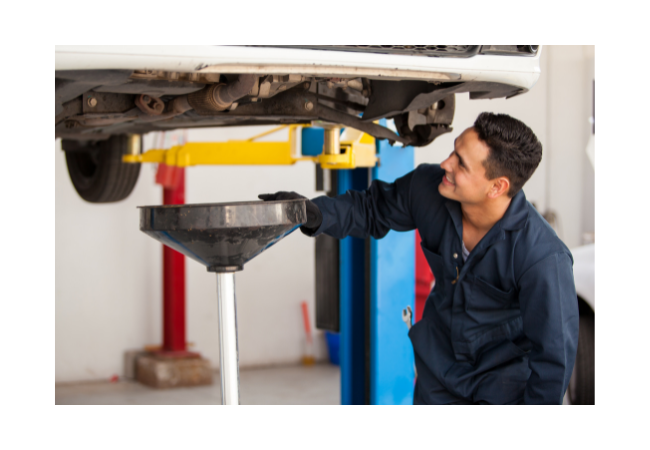
If you’re planning a long journey, it’s important to ensure your car is in top condition. Here are some vehicle maintenance tips to help you prepare your car:
-
Perform Basic Maintenance: Change the motor oil and transmission fluid, check power steering fluid level, check tire pressure and adjust if necessary, inspect brakes and replace brakes if needed, test battery charge capacity and secure connections, replace windshield blades, and top off the windshield fluid. Also check serpentine belts, power steering belts, hoses, air filters, air conditioner, and lights as you get your car ready.
-
Pack Essentials: Bring spare tires, tools, car charger for your phone.
-
Create an Itinerary: Plan rest stops, attractions, hotels, and gas stations.
-
Gather Important Documents: Bring your license, registration, and insurance.
-
Organize Your Belongings: Make sure everything is secured within the vehicle so that you have a clean car.
Conclusion – How to Prep Your Car for a Long Road Trip
In conclusion, preparing your car for long road trips involves basic car maintenance tasks such as changing the oil and ensuring proper coolant levels, power steering, checking tire pressures and adjusting it accordingly, inspecting and replacing brakes when necessary, testing car battery charge capacity and securing connections, replacing wiper blades and topping off windshield fluid, examining belts and hoses for potential issues along with air filter replacement if dirty or clogged. It’s also important to inspect exterior lights around the vehicle and preemptively replace faulty bulbs. Keeping the car interior organized is essential while maintaining cleanliness on long trips.
